Foreign turkey poults
The Foreign Turkeys have excellent feed conversion efficiency. The birds are robust and can adapt to many different climates and management systems.
- We encourage farmers to watch, listen, learn from the behaviors of the turkey. Also, track their growth and feed intake levels.
Housing turkeys
- The housing protects turkeys from sun, rain, wind, predators and provides comfort.
- In hotter parts of the country, the long axis of the house should run from East to West.
- The distance between the two houses should be at least 20 meters and the young stock house should be at least 50 to 100 meters away from the adult house.
- The width of the open house should not exceed 9 meters.
- The height of the house may vary from 2.6 to 3.3 meters from floor to roof.
- An overhang of one meter should be provided to avoid the rain water splash.
- The floor of the houses should be cheap, durable, and safe preferably concrete with moisture-proof.
Brooding Foreign Turkey Poults
In turkey, a 0-4 weeks period is called a brooding period. However, in winter brooding period is extended up to 5-6 weeks. As a thumb rule, the turkey young ones need double hover space as compared to chicken. Brooding day-old young ones can be done using infrared bulbs or gas brooders and traditional brooding systems.
Points to be noted during brooding
- The floor space requirement for 0-4 weeks is 1.5 sq. ft. per bird.
- Starting temperature is 950F followed by a weekly reduction of 50F per week up to 4 weeks of age
- Shallow waterers should be used.
- The brooder house should be made ready at least two days before the arrival of young ones
- The litter material should be spread in a circular manner with a diameter of 2 meters.
- To prevent the young ones from wandering away from the source of heat, a fence of at least 1 feet height must be provided

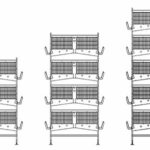



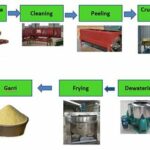
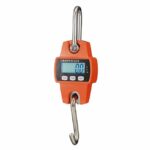
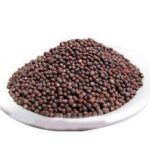






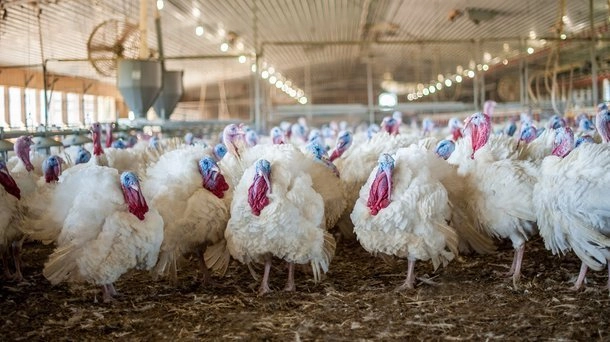
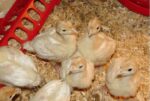

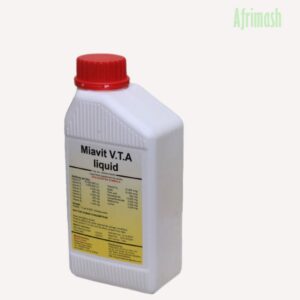

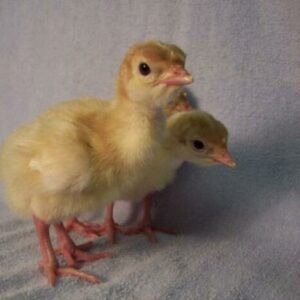
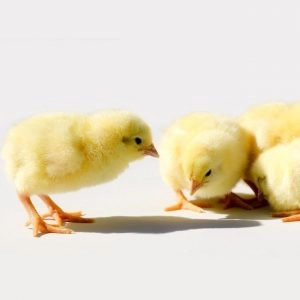
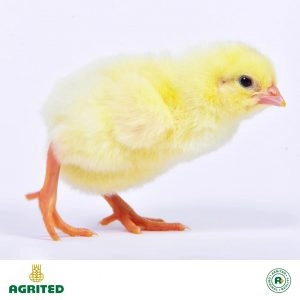
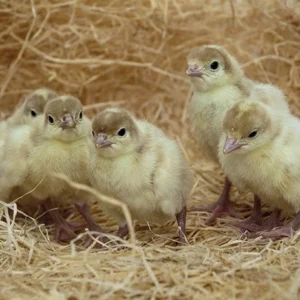
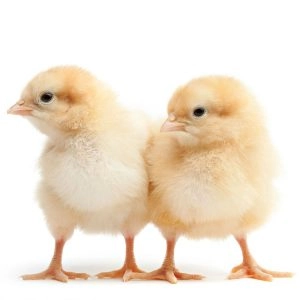
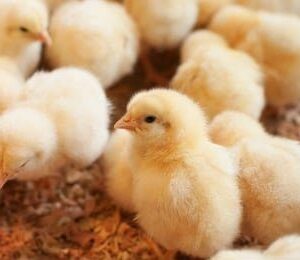
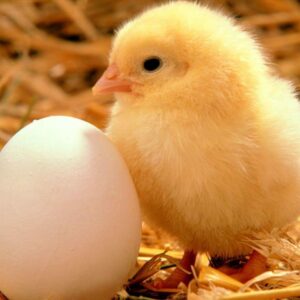
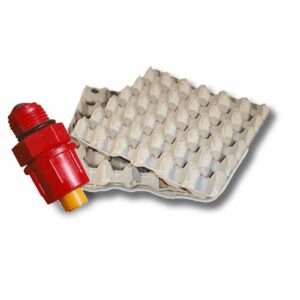
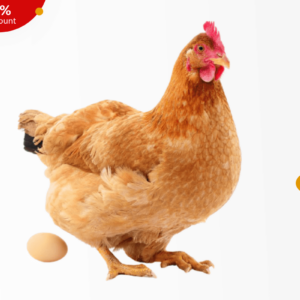
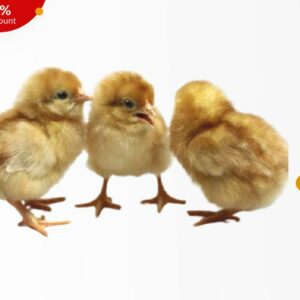
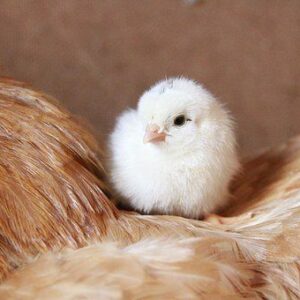
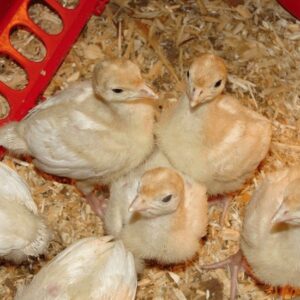
Verified owner Adekoya Agboola (verified owner) –
Service was fair, you need to improve better